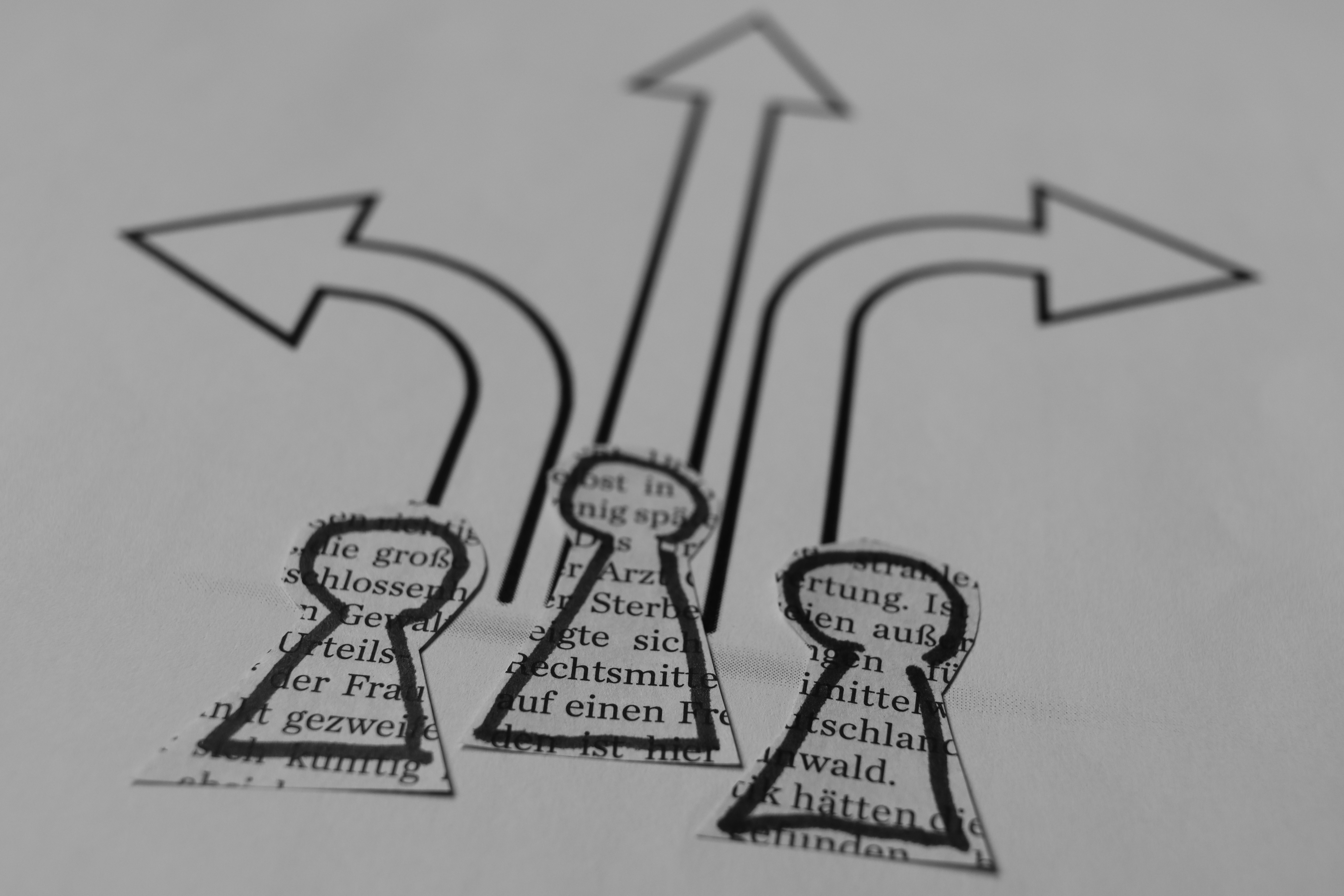Understanding Behavioral Economics for Smarter Legal Strategy
When it comes to legal decision-making, the intersection of human behavior and economic principle may seem an unlikely backdrop. Yet, grasping the nuances of behavioral economics can be invaluable in enhancing your legal strategy. This field studies how psychological factors influence economic decisions, revealing human biases that can dramatically impact the outcomes of legal cases. For attorneys looking to shape their case strategies, understanding these biases can lead to groundbreaking insights and more refined tactics.
The foundation of behavioral economics lies in recognizing that humans often act irrationally, swayed by emotions, cognitive biases, and social pressures. Critical insights drawn from studies in this field can help attorneys better navigate their clients' needs, predict opposing counsel's moves, and tailor persuasive arguments that resonate with judges and juries alike. In this article, we will explore how behavioral economics can shape your approach to legal cases, creating strategies grounded in human behavior.
Grasping the Basics of Behavioral Economics

Before diving into its application within legal strategies, it’s essential to grasp the foundational principles of behavioral economics. This discipline combines insights from psychology and economics to explain how people make decisions in ways that deviate from classical economic theory. For example, while traditional economics assumes individuals are rational and make decisions based solely on available information, behavioral economics acknowledges that emotions, cognitive biases, and social influences often play a significant role.
Some key concepts include:
1. Loss Aversion

Humans tend to prefer avoiding losses over acquiring equivalent gains. This principle, popularized by Daniel Kahneman and Amos Tversky, suggests that individuals will react more strongly to potential losses than to comparable gains. In a legal context, this could help a lawyer frame arguments in a way that emphasizes what a client stands to lose if they don’t win the case.
2. Anchoring Effect

The anchoring effect refers to the tendency to rely heavily on the first piece of information encountered when making decisions. If a jury hears a specific figure in an opening statement, they may unconsciously anchor their judgment around that number, even if it's inflated or irrelevant. Lawyers can exploit this effect by strategically presenting information to create favorable anchors.
3. Confirmation Bias

This bias leads individuals to seek out and interpret information in a way that confirms their pre-existing beliefs. As a litigator, understanding this can assist in predicting common defense strategies and preparing counterarguments by addressing the biases of judges and juries.
4. Social Proof

People often look to others to decide how to behave, especially in uncertain situations. In the courtroom, demonstrating that a client's stance is supported by "social proof" (e.g., expert testimonials or widely accepted norms) can strengthen your case.
Understanding these principles allows attorneys to anticipate reactions better, create more persuasive arguments and ultimately, shape case strategies that resonate more deeply with clients and courts alike.
Application in Legal Strategy

Now that we’ve framed the behavioral economics landscape, let’s explore its application in legal decision-making.
Leveraging Behavioral Insights for Litigation

Armed with behavioral economics insights, attorneys can approach litigation more strategically. Here are some ways to apply these concepts:
1. Crafting Persuasive Arguments

When drafting pleadings, motions, or focus arguments for a trial, employing loss aversion can evoke emotional responses. Instead of simply stating what the plaintiff or defendant stands to gain, be explicit about what they risk losing. For instance, framing an argument around the potential trauma or financial hardship that stems from a negative ruling can engage jurors’ emotions.
2. Jury Selection and Strategy

Understanding biases can play a crucial role in selecting jurors. Analyzing jury pools through the lens of social proof might reveal tendencies in groups that feel most comfortable siding with the same demographic. Moreover, profiling potential jurors allows you to anticipate how they might react to different pieces of evidence or arguments. This type of strategic selection becomes vital in creating a sympathetic jury.
3. Anchoring Negotiations

When preparing for settlement negotiations, consider using anchoring to establish favorable terms. By presenting an initial offer that strategically indicates where you want negotiations to land, you establish a cognitive anchor. From that point, any counter-offer will inevitably be viewed relative to your anchor, enhancing your bargaining position.
4. Educating Clients on Biases

Helping clients understand these biases can also improve their expectations and decision-making during the legal process. If clients appreciate that they might naturally downplay risks or overvalue certain outcomes, they might make more rational decisions aligned with legal advice.
Case Studies: Successful Implementation

To illustrate the practical applications of behavioral economics in legal strategies, let's review real-world scenarios where these principles played a pivotal role in case outcomes.
1. Loss Aversion in Personal Injury Cases

A personal injury lawyer used loss aversion principles effectively in a case involving a significant workplace accident. Instead of focusing solely on the compensation sought for medical bills and pain suffering, the attorney emphasized the long-term repercussions the client faced, including lost future earnings, inability to work, and emotional distress. This approach evoked deeper empathy from the jury, resulting in a more favorable settlement than similar cases seen in the past.
2. Anchoring in Contract Disputes
In a contract dispute, a corporate attorney presented a contract value far above the opposing party’s expectations as the initial figure in settlement discussions. By choosing a generous anchor, the opposing counsel’s subsequent counter-offers were all significantly higher than what was initially considered fair, tilting the final settlement in favor of the attorney's client.
The Intersection of Technology and Behavioral Economics
In 2025, the legal landscape is rapidly evolving, with technology transforming how lawyers engage with clients and manage cases. AI tools now assist in analyzing human behavior trends that influence legal outcomes, transforming behavioral economics strategies even further. For example, predictive analytics based on historical case data can identify which biases are most prevalent within specific demographics, enabling attorneys to tailor their arguments more precisely.
As you explore new technologies, consider how algorithms and AI tools can enrich your legal toolkit. By leveraging data-driven insights, you can refine case strategies in unprecedented ways. Additionally, staying aware of metrics that measure juror sentiment or courtroom dynamics can lead to tailored approaches in real-time.
Ensuring Ethical Practices
While behavioral economics opens doors for more effective legal strategies, it’s crucial to maintain ethical standards throughout practice. Prioritizing integrity means transparently communicating with clients and being truthful in all representations to the court. Manipulation, even if subtle, could create long-term hazards that risk disbarment or other penalties.
The Role of Ethical Guidelines
Attorneys are advised to adhere to a rigorous code of conduct, considering how persuasive tactics interface with ethical obligations. Organizations like the American Bar Association offer resources to navigate the ethical boundaries of employing behavioral insights in law. Compliance with these guidelines ensures that the privilege of strategy application enhances client outcomes without crossing ethical lines.
Final Thoughts
Understanding behavioral economics is more than a theoretical framework—it’s an opportunity to reshape your legal strategies for better outcomes. By leveraging principles such as loss aversion and anchoring, you can enhance persuasive arguments, refine your negotiations, and create in-depth strategies that resonate with human behavior. With the rise of technology, integrating behavioral principles into your law practice not only keeps you at the forefront of modern legal practices but also positions you for success.
As you move forward, consider experimenting with these insights in your cases. Observe which tactics spark the most engagement and adapt your strategies accordingly. Ultimately, it’s not just about knowing the law; it's about understanding the people who embody its spirit—your clients and their universe.
For deeper insights into the nuanced aspects of contemporary law, check out our articles on the ethics of decentralized justice, navigating digital legacies, and exploring the evolving landscape of legal robotics as they all offer further dimensions to the interplay of law and behavioral economics.



